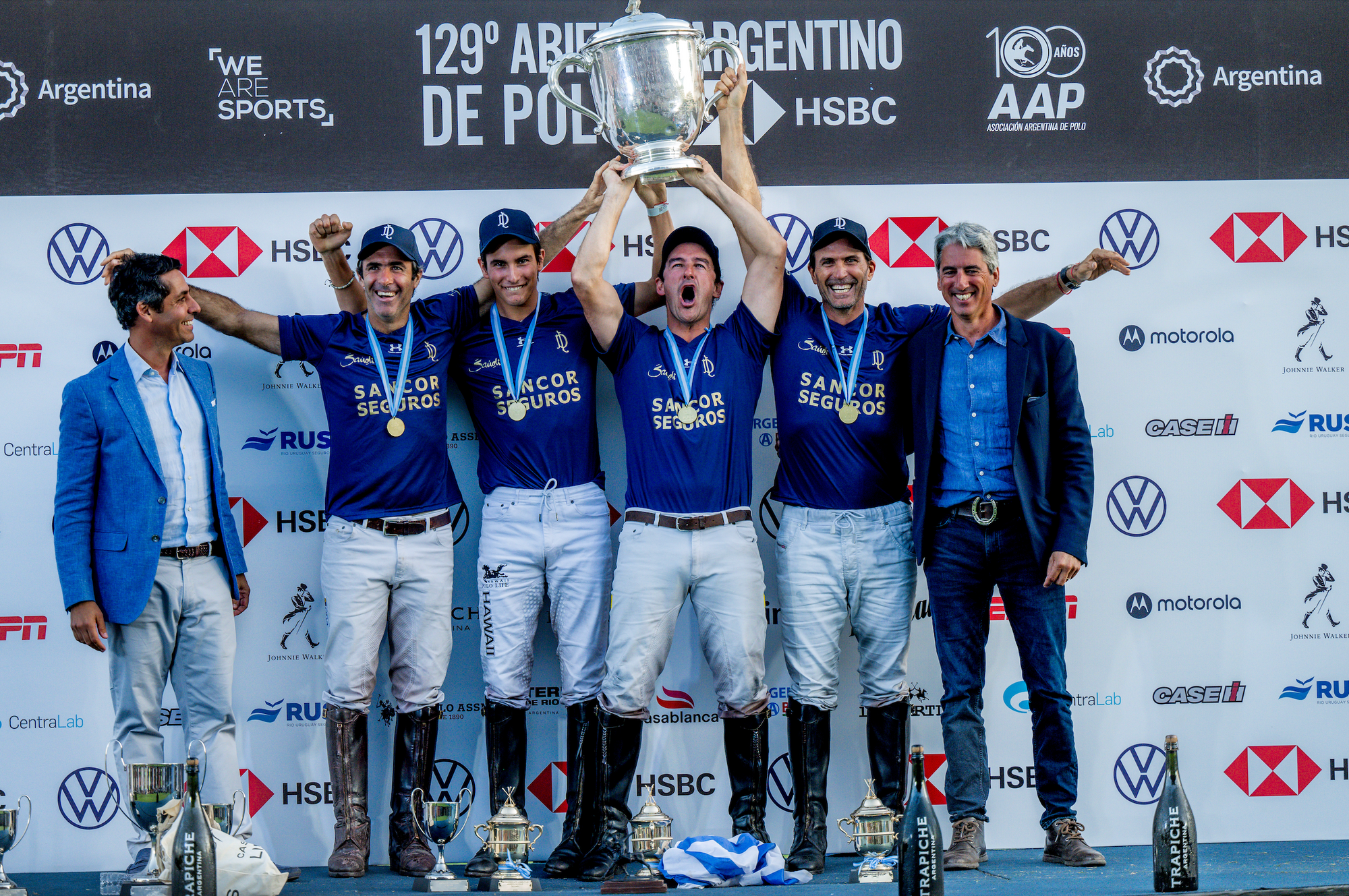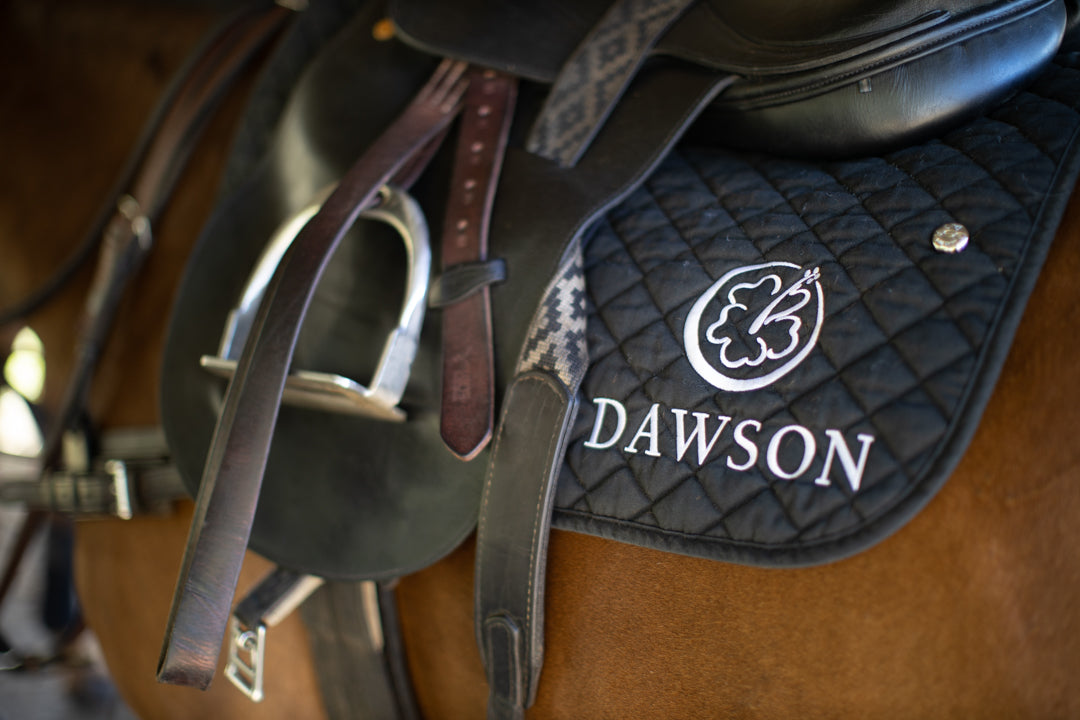Polo Facts
The Basics: Polo is a ball sport, played on horses. Where one team attempts to score goals by hitting hard hockey-sized ball through their oppositions' goal with a mallet attached to the end of a 4 1/4 foot stick.

The Pitch: The outdoor polo field is 300 yards long and 160 yards wide, the largest field in organized sport. The goal posts at each end are 24 feet apart and a minimum of 10 feet high. Penalty lines are marked at 30 yards from the goal, 40 yards, 60 yards, and at midfiel.
Chukkas: Each polo match is divided in to "Chukkas". A chukka is 7 1/2 minutes of active play time and is supposed to represent the amount of time a horse can reasonably exert itself before needing a rest. Polo Matches are divided into 4,5, or 6 Chukkas depending whether the level is Low, Medium, or High goal polo.

Players: In outdoor polo there is four players on a team. Numbers 1 - 2 are traditionally attacking whilst 3 is the midfield playmaker and 4 is Defense. However as the sport is so fluid there are no definite positions in Polo.
Handicaps: Handicaps in Polo range from -2 to 10 "goals". With 10 being the best. A player who is playing above his handicap level (i.e. 3 playing as a 5) is known as a bandit, and is a very valuable but short lived commodity. Handicaps are assessed and independently mediated several times during the season.

Umpires: Two mounted umpires, referee the game. They must agree on each foul/call made, if they disagree they refer to the "3rd Man" who would be on the edge of the pitch in line with the center mark. His decision will settle the argument.
The Rules: The Rules of polo are centered almost in totality around safety. When you have 1/2 a ton of horse traveling one way in excess of 30mph, you do not want to be hit by 1/2 a ton of horse traveling in excess of 30 mph the other way. Polo is inherently dangerous, which may be part of the allure; however, the rules go a long way to negate risk.
Did you know?
Polo was played since 1880 during the reign of King David Kalakau
The first documented match occurred on a field in Palama in 1880 between British Naval Officers and local residents.
In 1818, Hawaii was the first country to recognize Argentina as an independent state, followed by Portugal in 1821 and then in 1822, Brazil and the United States of America in 1822
In 1881, while on his World Tour, Kalakaua stopped in Kentucky to visit the Kentucky Thoroughbred Farm of Milton Sanford. There he purchased two stallions and five mares. Two years later Kalakaua and his brother-in-law John Dominis would build a race track and polo field for their Kapiolani Park Association, that housed a clubhouse and a grandstand where hundreds of people would line the track to tailgate on the weekends
He also scheduled time to meet the Queen of England. He was so impressed by the lifestyle of the European royalty, that he began emulating that in his reign. From developing a palace furnished with elaborate furnishings to public coronations and unique sporting events such as polo, King Kalakaua was ahead of his time.
Iolani Palace had electricity before the White House
HIPA
Articles

Galloping through History: Hawaiiʻs Trailblazing Journey in Polo

A Guide to Polo Equipment: From Mallets to Polo Ponies


